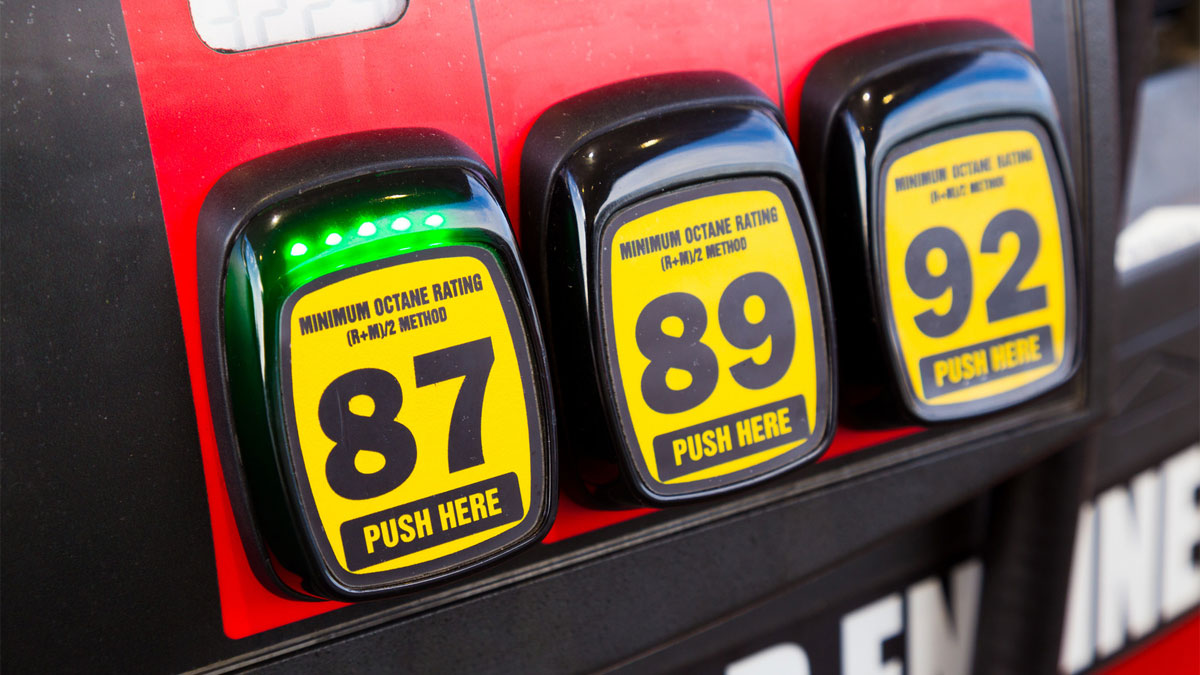What Does an Octane Rating Indicate?
An octane rating is something you notice at the gas pump. But what does it mean? Simply put, the octane rating shows how difficult it is for said gas to ignite from temperature and pressure. The higher the octane rating, the more challenging it is for it to ignite. Indeed, … Read more

